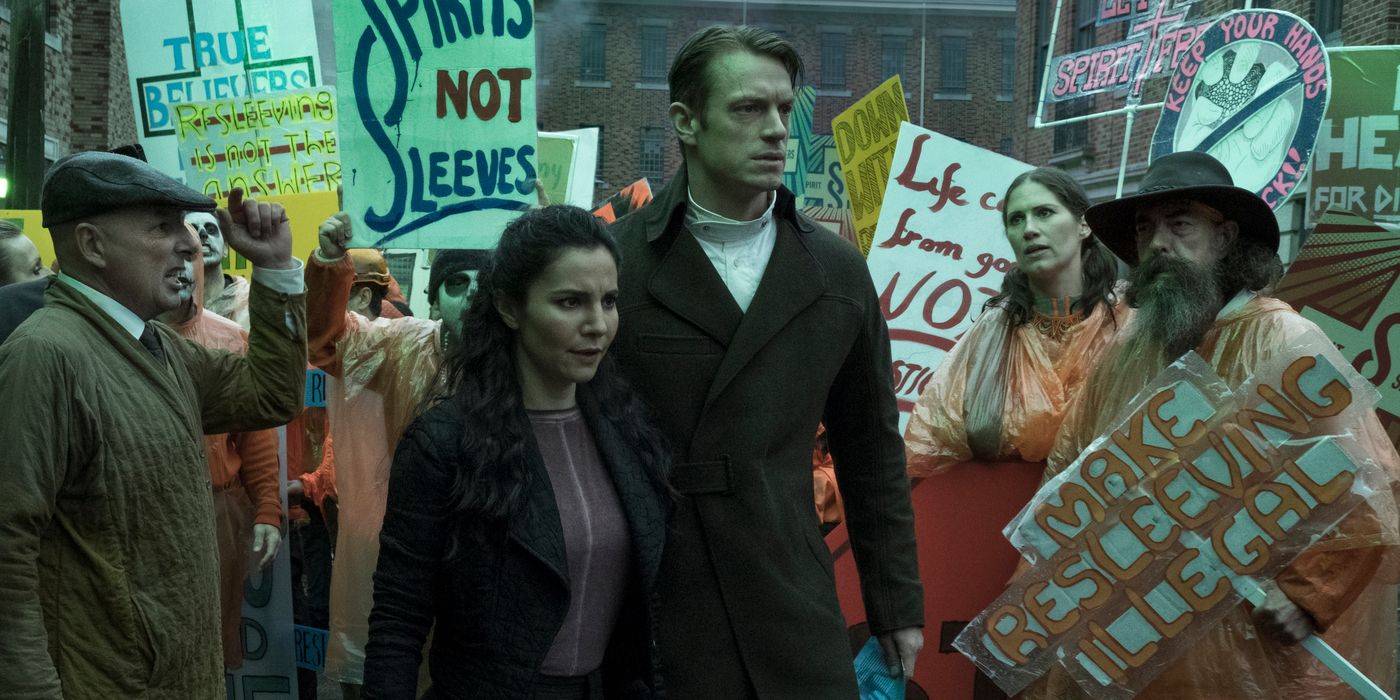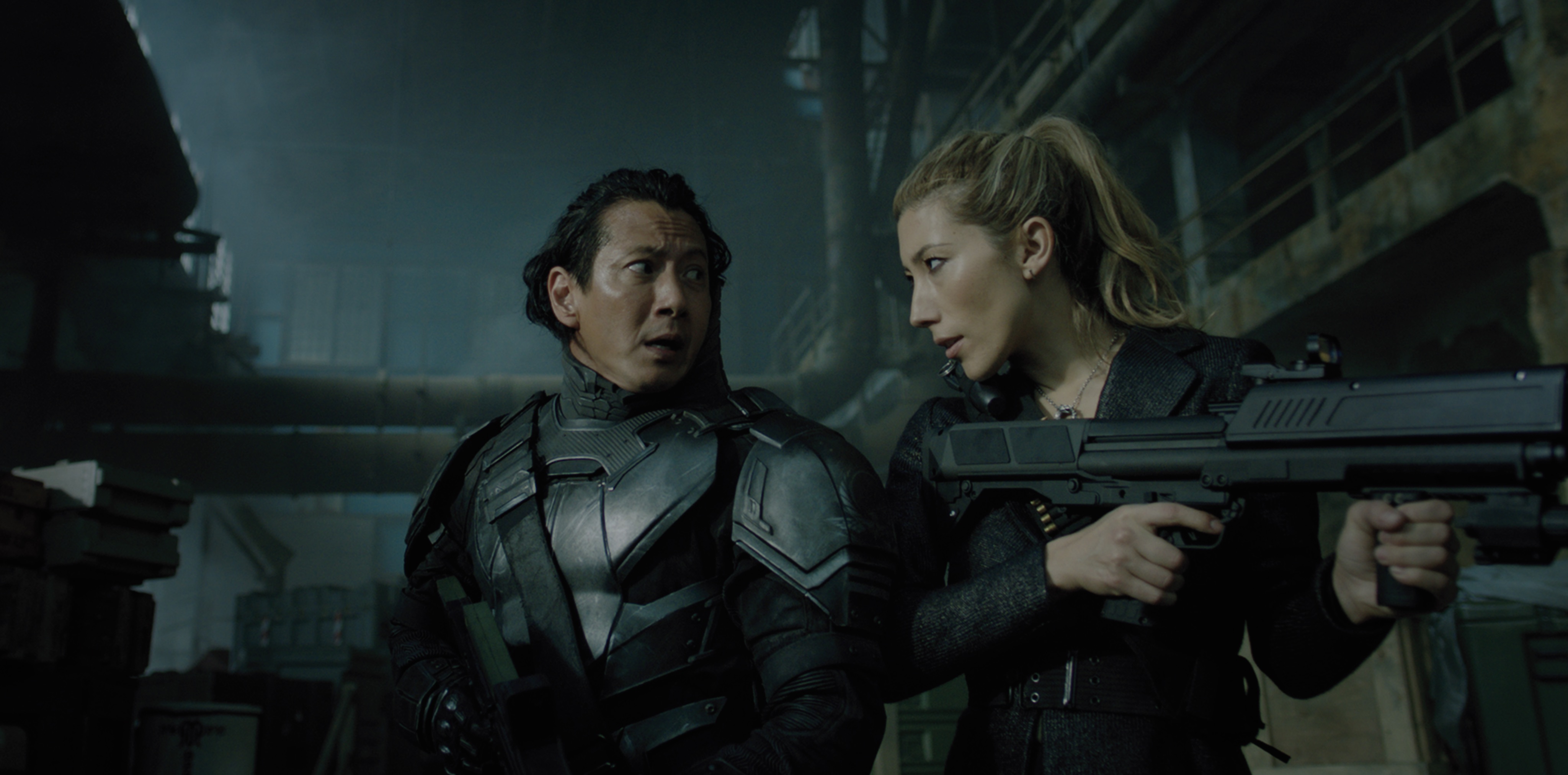

Most fossil bones and some fossil plants exhibit permineralization. Sadly, we will never find a frozen trilobite or Tyrannosaurus! While frozen fossilized remains offer perhaps the best views of ancient life forms, they are restricted to only the most recent sliver of the geological time scale (the Quaternary period), when large ice sheets covered much of the northern hemisphere. For example, in fall 2015, Russian scientists announced the discovery of the only known frozen cave lion remains and another spring 2016 brought announcement of a pair of ancient frozen puppies, fascinating because their age (>12,000 years) has important implications for better understanding the origin of the domestic dog. Remarkable discoveries continue to be made as the permafrost keeps melting in today’s warming climate. Many different kinds of frozen extinct animals have been found in the Siberian permafrost, including woolly mammoths and rhinoceras, horses, and bison. Further, hair commonly covers the bodies of these frozen remains, telling us what color the animals were they were alive. Unlike all other types of preservation, frozen remains allow direct study of the actual soft tissues and sometimes organs that made up an animal’s body.

Fossils with this type of preservation-as the name implies-have been found frozen in ancient permafrost in Siberia.

No style of fossil preservation offers a more complete understanding of ancient life than frozen remains. The National Center for Biotechnology Information (NCBI)-a national repository of genetic information-maintains an ever growing listing of all the extinct animals (including extinct human species like Neanderthals) from which ancient DNA has been collected, as well as links to the actual DNA records themselves. In some cases, ancient DNA has been recovered from the unaltered fossil bones of extinct animals, allowing scientists to better understand their evolutionary relationships to modern creatures. The bones recovered from the tar pits are little changed from the time when their owners were still alive. Exceptions include some geologically very young (Pleistocene) fossil bones from places like the famous La Brea tar pits of Los Angeles California (see an overview of this locality on the La Brea Tar Pits & Museum webpage). The show is a cautionary tale.Even though bones are mineralized hard parts consisting of calcium phosphate, most fossilized bones are somewhat altered because other minerals have filled their pore spaces (see permineralized preservation). The most graphic violence is visited on a white, male body on purpose. Kalogridis further explained the decision to include the more graphic elements from the novel by saying, “What I wanted to do was hold a mirror up to what I regard is the ongoing extremity of violence against women and disenfranchised people. “This is a show where our bodies because accessories, so there is some handling of the human body that has to reflect that.” Renée Elise Goldsberry, who plays Quell, does not feel the use of nudity is “sensationalized.” “I never feel like I’m looking at somebody naked so that the world can see somebody naked,” she said about the more risqué scenes. Martha Higareda, who stars as police officer Kristin Ortega, commented that the violence, whether against men or women, is used in the show to urge the characters to fight harder. Regarding how women specifically are treated, Kinnaman added, “The female characters in the ‘Altered Carbon’ universe are not victims. “It’s so important and intrinsic to the story to show the human body in the ‘Altered Carbon’ universe is disposable,” he said. He refers to it as an “honest” portrayal.
#ALTERED CARBON CAST SERIES#
Joel Kinnaman who plays Kovacs when he awakens in his new sleeve in the series premiere, said that the book couldn’t have been transformed into a show without the inclusion of sex and violence. Although set in a futuristic society, this new world heavily features nudity, sex and violence against women. However, early screenings of the series has already led to some concerns about the way women in the show are treated.

“She’s committed to giving women like me and all women an opportunity to drive the story forward - to tell the story in a meaningful way,” Lachman said. Star Dichen Lachman, who plays Reileen Kawahara, said Kalogridis gave her the opportunity to play a role not typically written for her. She added that the show allowed her to provide a lens for the female perspective even when Kovacs wasn’t in the scene.


 0 kommentar(er)
0 kommentar(er)
